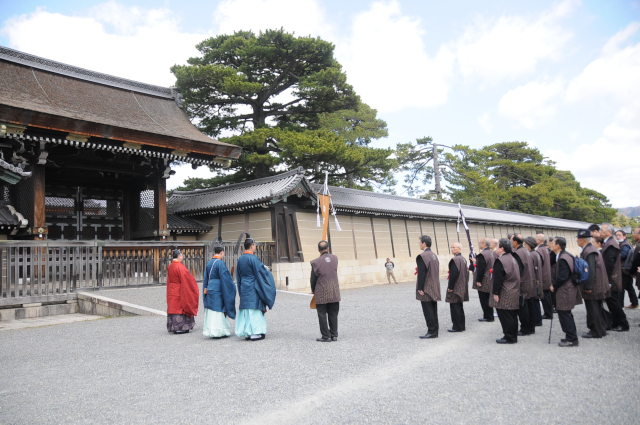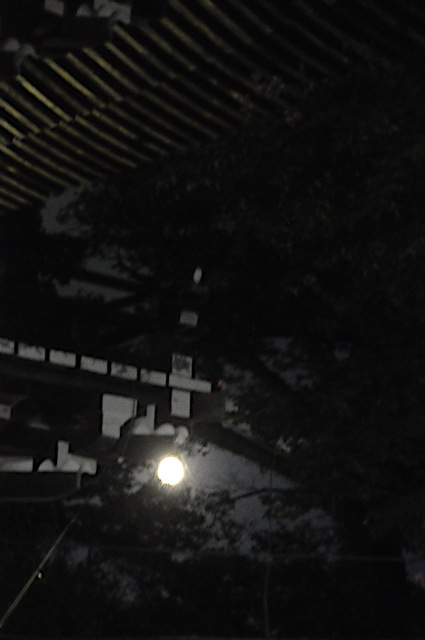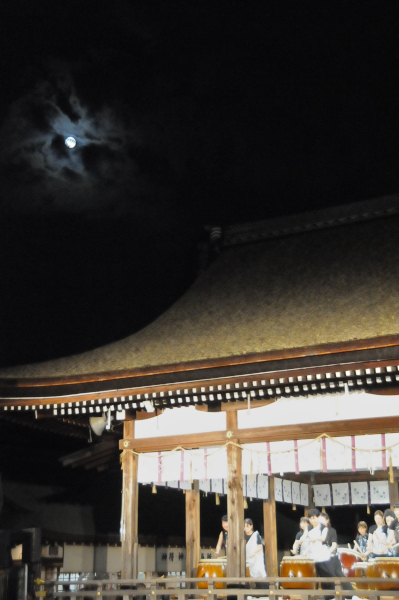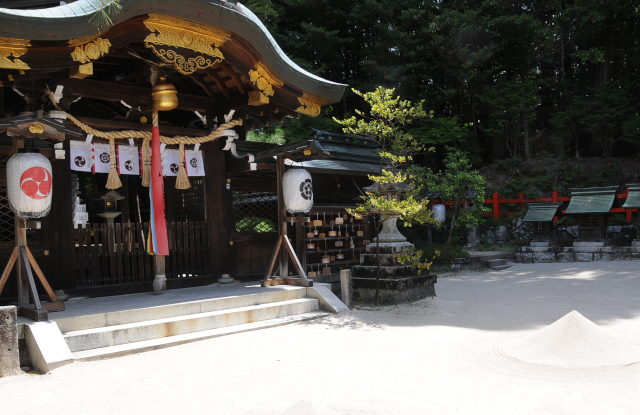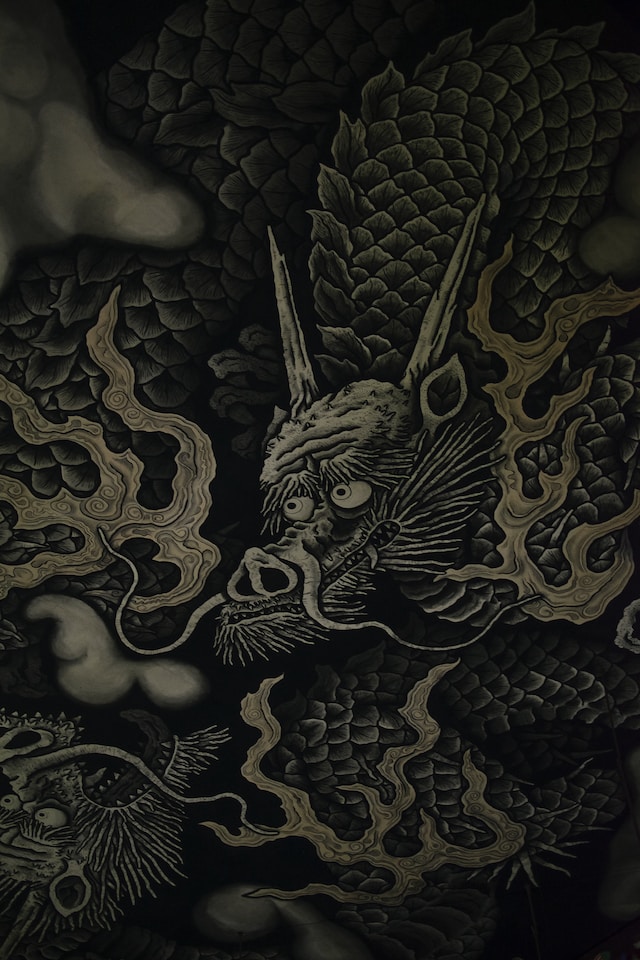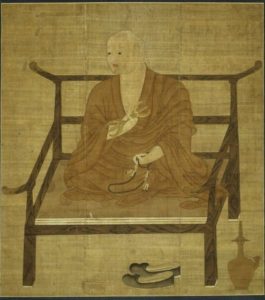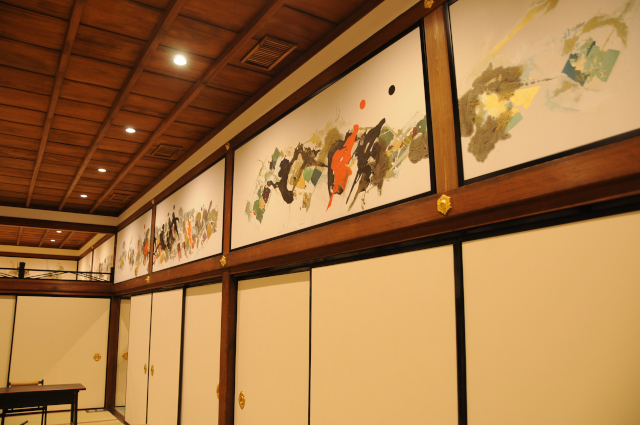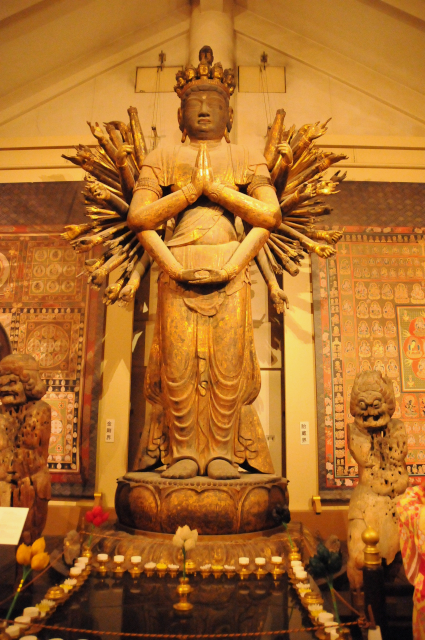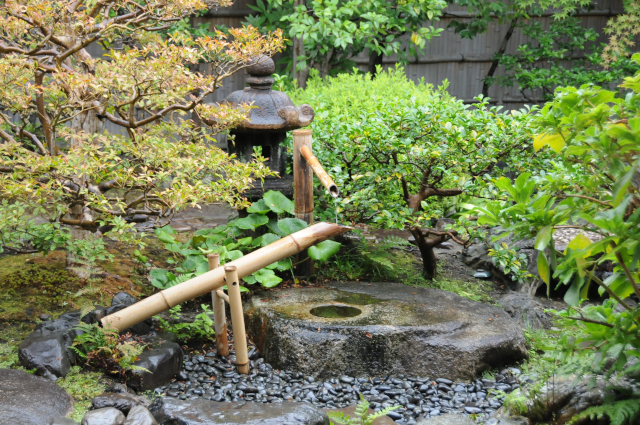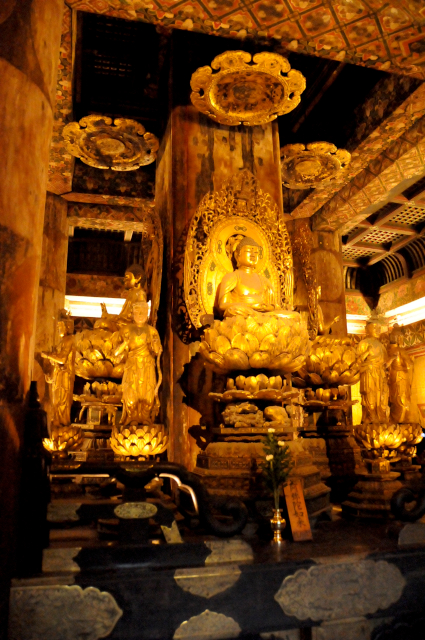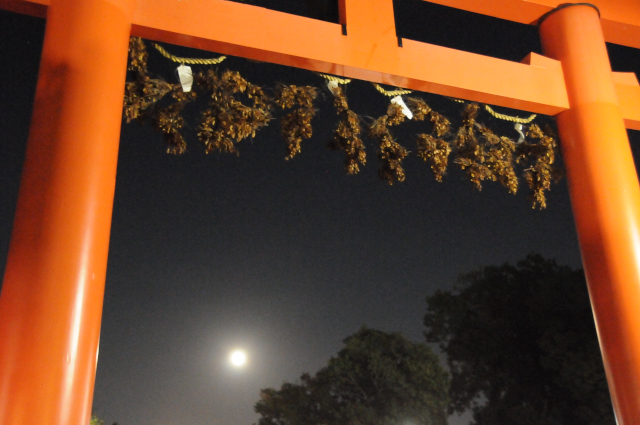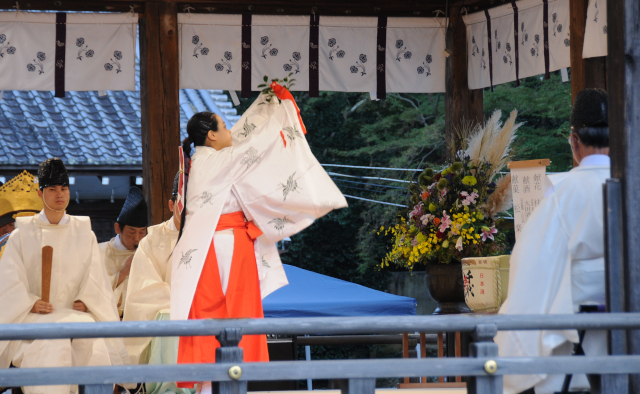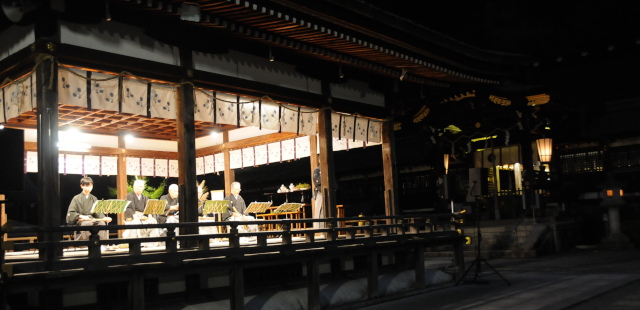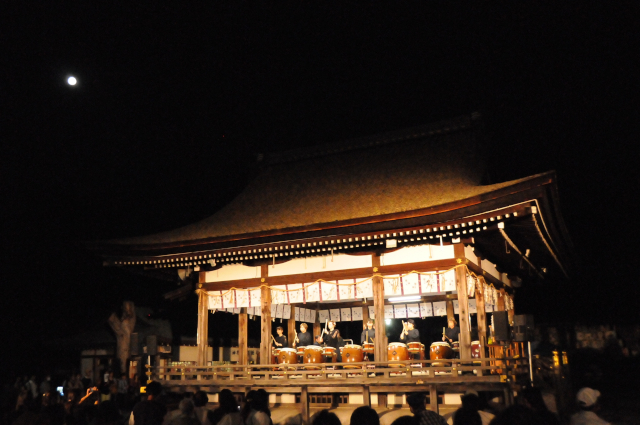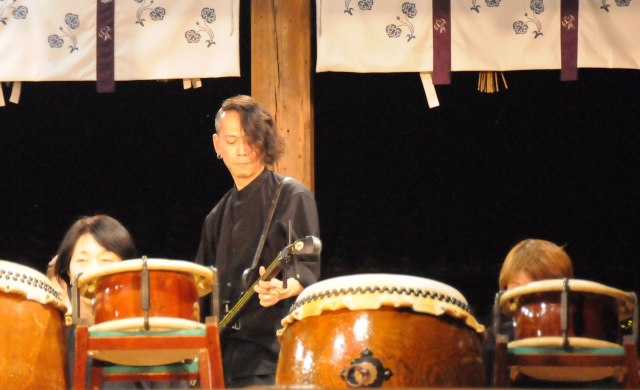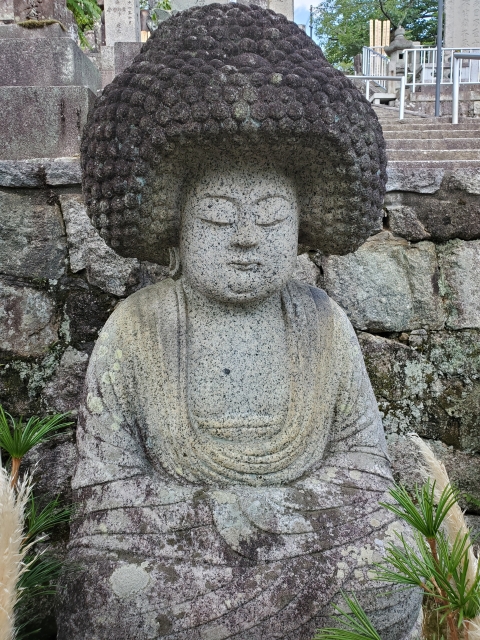Saginomori Jinja is the shrine in my neighborhood, and it’s celebrating their main festival every year on May 4/5. This year was the first time I dropped by, and it was quite different than the festivals of larger shrines I’ve been to before.

I arrived a bit too late to see the departure of the children’s mikoshi. Just like the larger one two hours or so later, it was carried through the neighborhood to the “otabisho” where it was resting over night.
While I was waiting for the adult’s mikoshi to arrive, I noticed that in front of the shrine, a cone of sand decorated with a branch of sakaki leaves. The sand represents mountains where the gods live, the sakaki plant is said to connect the human world with that of the gods, and the white tamagushi paper is meant to convey the believer’s wishes to the gods.

Altogether, this cone of sand is where the gods are invited to reside for the time of a shinto ceremony. Outside of shrines, they are often set up in empty lots when a ceremony is held before a house is built. So, as such, they can be seen quite often in Japan.
After the large mikoshi had arrived, it was moved before the main hall of the shrine, and was placed directly over the cone of sand with the sakaki branch. Then, the priests performed a short blessing of both the mikoshi and the people who carried it. Afterwards, the path from the main hall to the mikoshi was shielded by large tarps, so that the god of the shrine could be transferred to the mikoshi without being seen.

I have experienced this transfer ritual before at Yasaka shrine, but that was in the middle of the night, and the lights were turned off, so no need for the tarps then. Anyway, once the god rested inside the mikoshi, there were two performances of sacred kagura dance. And finally, accompanied by the beating of gongs and drums, the mikoshi was carried away again through the neighborhood to the otabisho.

There were more dance performances the next day in the afternoon. Apparently, the one with the three girls is quite difficult, and I could see them count the whole time!

The final dancer used a wooden snake as an accessory (here in her left hand), and when I asked, she confirmed that this was a special and used only in the year of the snake.

I didn’t see the return of the mikoshi to the shrine that evening, but it was probably the same ritual in reverse to get the gods back into the main hall. It was a nice experience, and even though there were many people from the neighborhood, it was not overly crowded. These local events are always fun to go to, and while the larger events are every bit as traditional, these smaller ones feel more… real, somehow.


